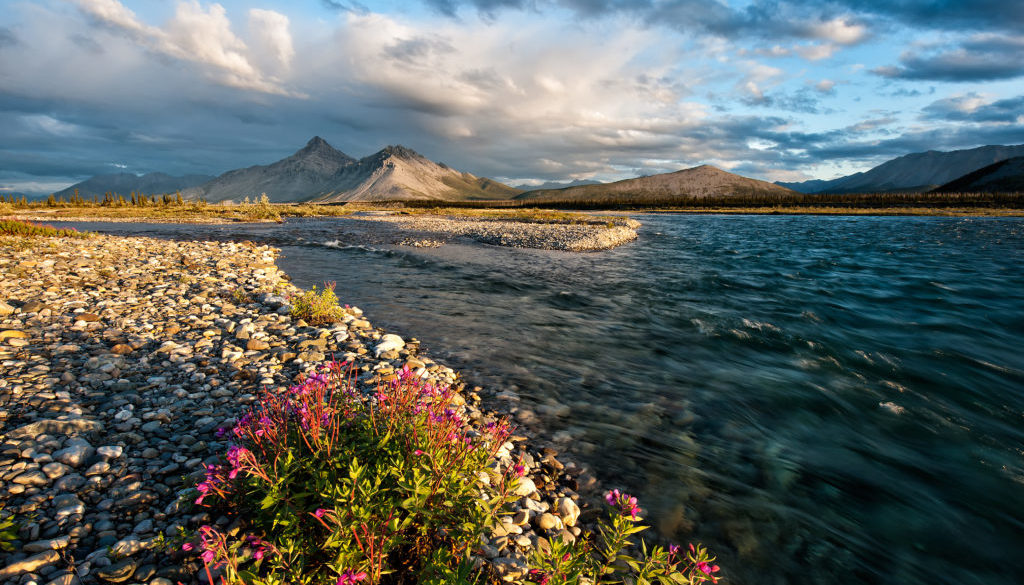Protected Areas
Header Image: Peter Mather
Parks and protected areas are critical for preserving sensitive ecosystems and wildlife habitats. They ensure that regions of high conservation value are maintained today, tomorrow and for future generations. CPAWS Yukon is dedicated to creating new protected areas and wilderness corridors.
Canada is a pioneer when it comes to parks, but our great wilderness is under threat from industry, population growth, tourism, climate change and other human disturbances that are chipping away at the landscape and putting species in peril. For humans to continue to thrive on this planet, we need set aside land where industry, roads and non-renewable resource extraction are limited.
OUR GOAL
Protected areas are important tools for preserving the 23 distinct eco-regions found in the Yukon, from the Southern Lakes to the Blackstone Uplands of Tombstone to the Old Crow Flats and the Beaufort Sea in the north. CPAWS Yukon is committed to the creation of national or territorial parks, habitat protection areas, and other areas with protected status that will help to achieve our conservation goals and ensure Yukon’s rich diversity is preserved.
At the international level, Canada has committed to protecting 17% of its terrestrial area and 10% of its marine area through the United Nations Aichi targets. CPAWS Yukon encourages our federal and territorial governments to go beyond these targets and to be leaders in conservation.
PUTTING PROTECTION FIRST
We are an active participant in consultation processes for the establishment of new parks and protected areas, and we provide feedback on the review of existing park management plans. We believe strongly that parks must focus on their primary mandate of ecological protection by following management plans and regulations that will safeguard wildlife and plants and their habitat.
We recognize that you cannot have protection without people, and that Yukon First Nations have been able to sustain their livelihoods for thousands of years, while servings as stewards of the land. Thus we support approaches to park management that balance sustainable uses of the land, alongside ecological, spiritual and cultural values. We also look for ways that protected areas can facilitate responsible wildlife viewing, environmental education and authentic wilderness experiences, thereby helping to drive the economy. We believe that local communities, and in particular First Nations, can benefit from this conservation economy.
YUKON PARKS
The Yukon has four national parks:
Klondike Gold Rush International Historical Park
This national historical park is operated by the National Park Service that commemorates the Gold Rush of the late 1890s. This encompasses the Chilkoot Trail National Historic Site, the Thirty Mile section of the Yukon River and significant historic sites in Dawson City. Click here to learn more.
Ivvavik National Park
Ivvavik National Park is managed by Parks Canada and is an important calving ground for caribou in northern Yukon. Click here to learn more.
Vuntut National Park
Vuntut National Park is located adjacent to Ivvavik National Park and the Arctic National Wildlife Refuge in Alaska. It’s key inhabitants include caribou, foxes, wolves, lynxes and minks. It is managed by Parks Canada. Click here to learn more.
Kluane National Park and Reserve
Kluane National Park is found in the southwest of the Yukon, near the Alaskan border. It includes the highest mountain in Canada, Mount Logan. It is managed by Parks Canada. Click here to learn more.

